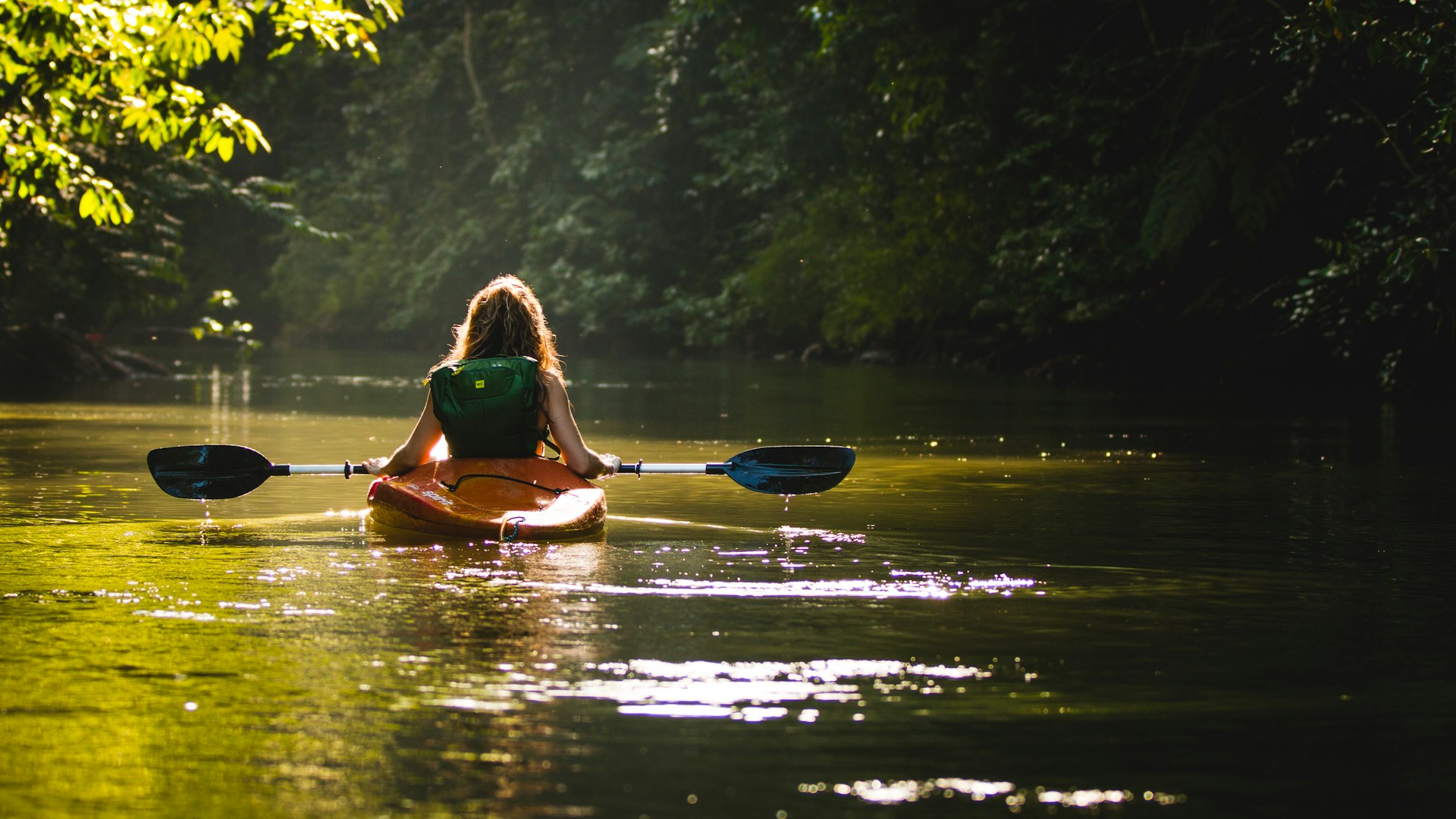The record temperatures recorded in recent years are no longer the exception but are becoming the norm. In 2024, the World Meteorological Organisation confirmed that July had been the hottest month ever recorded globally.
In 2025, the phenomenon continued, with peaks of over 45°C in Andalusia, extreme temperatures in California and on the Mediterranean coast, with concrete repercussions on tourist numbers, site safety and the very perception of summer travel.
Freeze on bookings in overheated areas
More and more travellers are now avoiding certain destinations considered ‘too hot’, even in high season. In July 2025, several traditionally popular regions such as the interior of the Var, the Balearic Islands and Athens experienced a slowdown in hotel bookings during heatwave periods.

For example, bookings fell by nearly 18% in Seville during the second half of July, according to data from MKG Consulting, while temperatures exceeded 43°C every day.
‘We want a guarantee of sunshine, not a guarantee of heatwave.’ – Vanguélis Panayotis
Families, especially those with young children, and older people are changing their travel habits. Bookings are shifting to more temperate areas or alternative destinations, which are often more affordable.
‘Those who haven’t booked yet will be able to change their plans.’ – Vanguélis Panayotis
Fire risks: a major source of anxiety

High temperatures, beyond being uncomfortable, now pose a real risk. As early as 2023, Aquitaine experienced emergency evacuations due to forest fires in Gironde. This episode triggered a wave of cancellations, as Vanguélis Panyotis recalls. We have seen other similar episodes in recent years:
- Rhodes Island (Greece, summer 2023): more than 20,000 tourists evacuated urgently in the middle of the season.
- California (2024–2025): hotels in Napa Valley and around Yosemite saw their business abruptly suspended due to uncontrollable fires.
- Provence (July 2025): several campsites evacuated in the Haut-Var following fires near wooded areas.
These events create fragility in the tourist image of certain areas, where crisis management and prevention become a key focus of communication and anticipation.
The rise of the ‘coolcation’: coolness as a new luxury
In response to these new climatic constraints, a new trend is emerging: the ‘coolcation’. This term, a contraction of “cool” and ‘vacation’, reflects a growing desire to spend holidays in temperate environments.
‘The coolcation is a current trend, with more and more people seeking coolness during the summer.’ – Vanguélis Panayotis

The French Alps, Auvergne, Vosges, Ireland, Canada and Scandinavia are seeing significant growth in interest, particularly through searches on OTA platforms and stays in holiday cottages. Usually popular in the off-season or in the middle of winter, these destinations could well overshadow Mediterranean countries during the summer period.
Coolcationing primarily attracts families, seniors and young parents seeking thermal comfort and nature preserved from the effects of climate change. But it also appeals to younger generations, who are more inclined to stray from the classic itineraries adopted by the baby boomer generation in favour of less crowded, more immersive and often less expensive destinations.
Rural areas are becoming part of the tourism landscape
Like the mountains, rural areas are benefiting from these new aspirations thanks to their many assets, such as cool temperatures, wide open spaces, authenticity and affordable prices.
This unintended repositioning offers a new opportunity for regions that were previously not very integrated into major tourist flows.
In certain areas of the Massif Central, the rural countryside of the Pyrenees and the Quercy plateaus, booking rates for the 2025 summer season are well above those of the previous summer, with customers seeking peace and quiet, nature and a slower pace of life.
Consequences for hospitality professionals
With this in mind, tourism operators must now integrate climate criteria as a strategic variable rather than a simple external factor. This translates into several developments:
- Technical improvements: air conditioning, natural ventilation, shaded areas, limiting heat-absorbing materials, HQE or sustainable certifications
- Marketing communication: highlighting thermal comfort, ‘cool’ activities, adapted schedules (early morning or evening)
- Seasonal repositioning: some establishments are shifting their peak activity to June or September, which are milder months but increasingly popular

Towards a new tourism calendar?
All these signs point to a profound transformation in our relationship with summertime. In the short term, professionals will have to deal with more frequent heatwaves and extreme weather events.
In the medium term, the tourism calendar itself could be rethought, with a rise in popularity of shoulder seasons and a focus on destinations offering climate refuge.
The challenge will therefore be twofold: ensuring customer comfort while preserving the sustainability of the regions. A complex equation, but one that is essential if hospitality is to remain desirable… even at 40 degrees.







